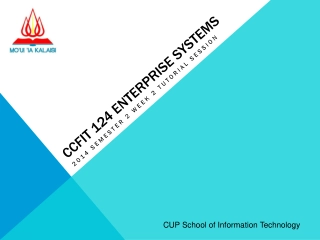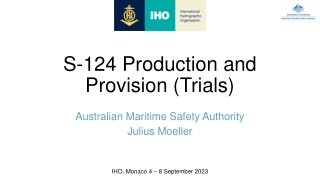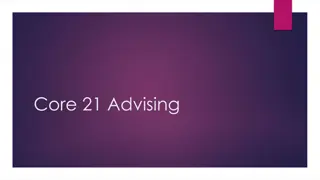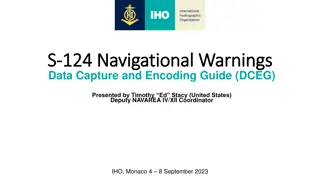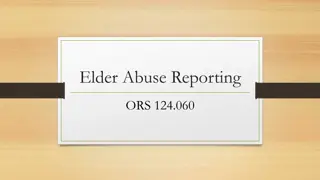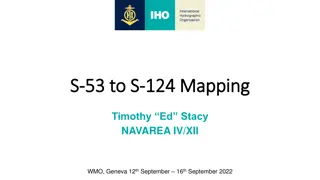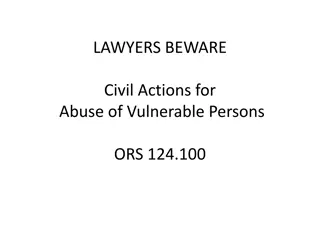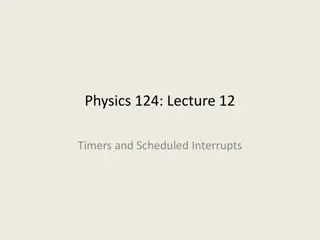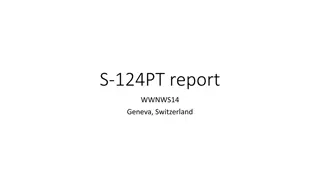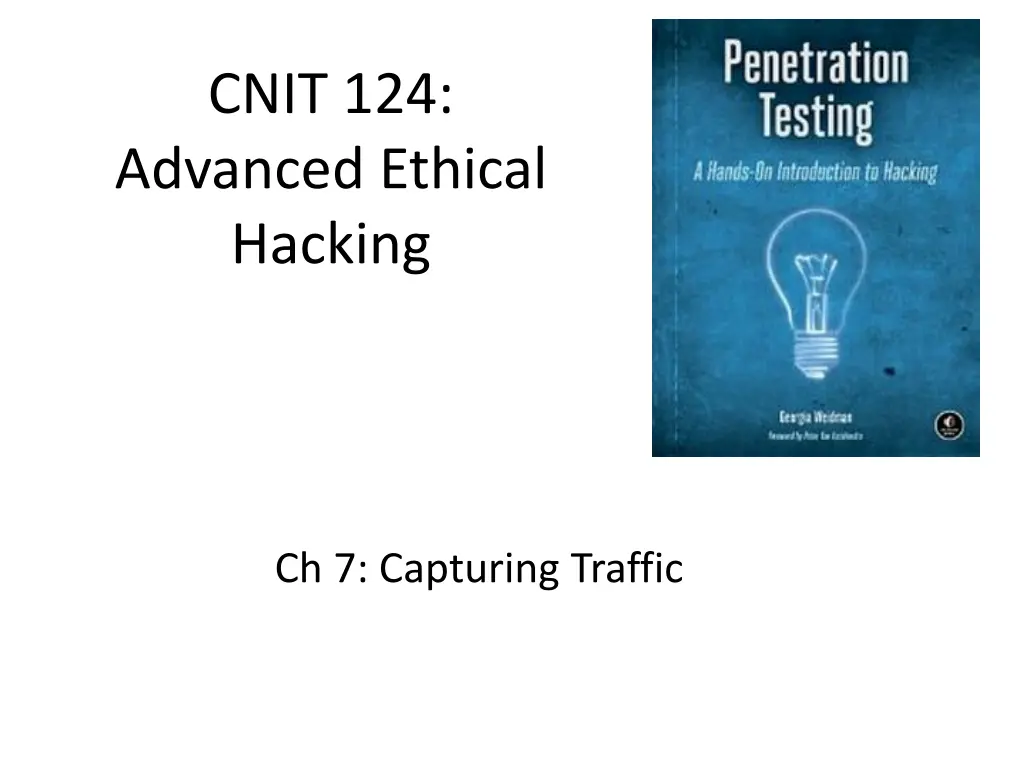
Mastering Ethical Hacking Techniques for Network Traffic Analysis
Explore advanced topics in ethical hacking, including capturing traffic using tools like Wireshark, understanding switches, hubs, and wireless networks, and techniques like ARP/DNS cache poisoning and SSLstrip. Learn about the operation of hubs and Ethernet NICs, as well as how to enable promiscuous mode in Wireshark for in-depth packet analysis.
Download Presentation

Please find below an Image/Link to download the presentation.
The content on the website is provided AS IS for your information and personal use only. It may not be sold, licensed, or shared on other websites without obtaining consent from the author. If you encounter any issues during the download, it is possible that the publisher has removed the file from their server.
You are allowed to download the files provided on this website for personal or commercial use, subject to the condition that they are used lawfully. All files are the property of their respective owners.
The content on the website is provided AS IS for your information and personal use only. It may not be sold, licensed, or shared on other websites without obtaining consent from the author.
E N D
Presentation Transcript
CNIT 124: Advanced Ethical Hacking Ch 7: Capturing Traffic
Topics Switches, Hubs and Wireless networks Wireshark Promiscuous mode and Monitor mode Filters Following a Stream ARP Cache Poisoning DNS Cache Poisoning SSLstrip
Switches, Hubs and Wireless Networks
Hubs Operate at OSI layer 1 Repeat every bit out all ports Except the receiving port Don't read addresses or any other content Ethernet NICs were designed for hubs
Ethernet NIC reads Destination MAC address First 6 bytes of frame
Ethernet Promiscuous Mode If Destination MAC != NIC's hardware address Packet is discarded Unless NIC is in "Promiscuous mode" Every packet passed on to higher levels, regardless of MAC address Also applies to outgoing traffic
Wireless LANs No Encryption is just like Hubs WEP uses same key for every packet WPA generates a different key for each device WPA and WPA2 use keys derived from an EAPOL handshake, which occurs when a machine joins a Wi-Fi network, to encrypt traffic. Unless all four handshake packets are present for the session you're trying to decrypt, Wireshark won't be able to decrypt the traffic.
Promiscuous Mode in Wireshark Edit, Preferences Click "Capture" on left side "Capture packets in promiscuous mode on all network cards" on right side
Monitor Mode in Wireshark Edit, Preferences Click "Capture" on left side On the right side, on the "Interfaces" line, click Edit Wireless adapter may show a "Monitor mode" option Not all cards or drivers allow this
Display Filters frame contains attack Expression... button
Extracting Files File, Export Objects, HTTP
ARP Cache Poisoning Client tricked into sending packets to the wrong MAC Address Attacker must be on target's LAN
DNS Cache Poisoning (Client) Attacker sends false DNS replies Target is tricked into storing the wrong IP address for a domain name Attacker is usually on the same LAN May not always be required DNSSEC might stop this someday But not today
DNS Cache Poisoning (Server) Attacker can poison remote, shared DNS servers Like Comcast DNS servers Affects many users Dan Kaminsky figured this out Patched in 2008 DNSSEC will patch it more thoroughly
sslstrip Proxy Changes HTTPS to HTTP To Internet HTTPS Attacker: sslstrip Proxy in the Middle HTTP Target Using Facebook

